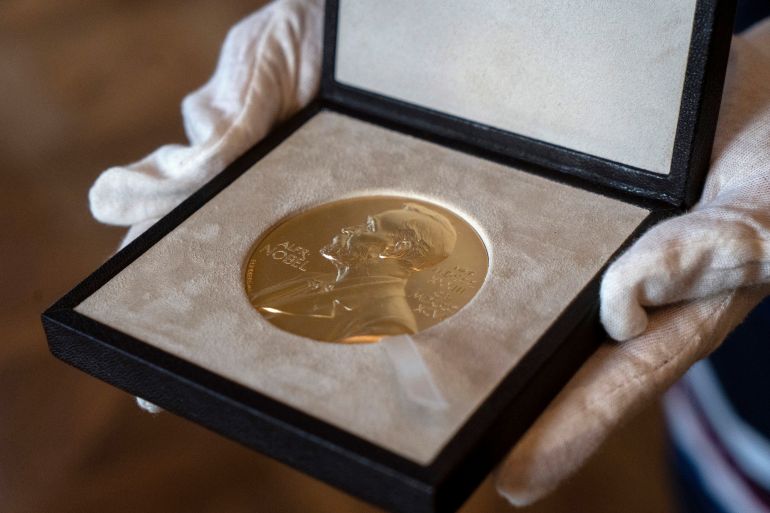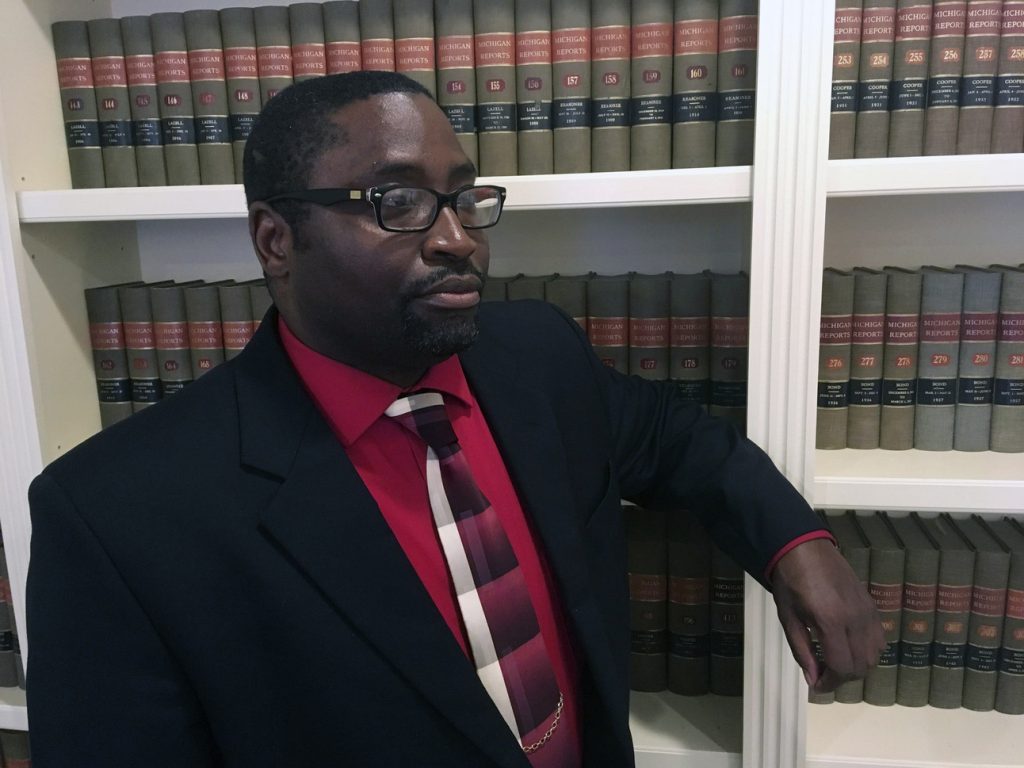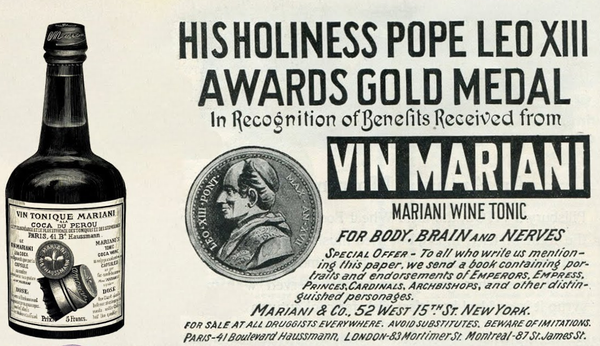Tall girls were given drugs to stunt their growth in the '60s

From Hormones Matter: "To treat young healthy prepubescent girls with a known carcinogen to stunt their adult height sounds like a bizarre science fiction experiment, but it is unfortunately true. From 1959 through the 1970s physicians and researchers from the Royal Children’s Hospital and the University of Melbourne, gave adolescent girls of tall stature a powerful estrogenic hormone with a growing list of known side effects called diethylstilbestrol (stilboestrol) or DES. DES had been used in obstetrics to prevent miscarriage, in farm animals to bulk up livestock before slaughter, and to caponize (castrate) chickens from the 1940s through 1970s. Cancer in farm hands caused the FDA to ban its use in poultry farming in 1958, well before banning its use in human women. Despite the risks associated with this drug, clinicians and researchers thought stunting the growth of tall girls, for purely psychosocial reasons, was a good idea."
The forgotten Black explorers who charted the American frontier in the 1600s
:focal(960x750:961x751)/https://tf-cmsv2-smithsonianmag-media.s3.amazonaws.com/filer_public/61/24/612414d8-47b8-4409-92c7-ff17b76615d4/lewis_and_clark-expedition.jpg)
From the Smithsonian: "Names like Daniel Boone, Davy Crockett and Kit Carson loom large in the popular imagination. But their stories are not the only ones. In 1527, an enslaved African man named Esteban reached North America as part of a Spanish expedition led by the conquistador Pánfilo de Narváez. After stopping on the islands of Hispaniola and Cuba, Narváez and his men landed in present-day Florida to search for gold. They soon became enfeebled by disease, and many perished. During the years that followed, Esteban explored present-day Texas, Arizona, New Mexico and northwestern Mexico. He learned several Indigenous languages and served as an interpreter. York, an African American man enslaved by explorer William Clark, played an integral role – an experienced frontiersman, York knew how to forage for edible plants and hunt wild game. Although most enslaved African Americans were forbidden to possess guns at the time, York wielded a firearm throughout his journey."
A significant number of Nobel Prize winners go on to promote crackpot pseudo-science

From Wikipedia: "Nobel disease or Nobelitis is an informal term for the embrace of strange or scientifically unsound ideas by some Nobel Prize winners, usually later in life. It has been argued that the effect results, in part, from a tendency for Nobel winners to feel empowered by the award to speak on topics outside their specific area of expertise. Charles Richet won the 1913 Nobel Prize in Physiology or Medicine for his research on anaphylaxis, but also believed in extrasensory perception, paranormal activity, dowsing, and ghosts; James Watson was awarded the 1962 Nobel Prize in Physiology for the discovery of DNA, and has consistently and publicly claimed that black people are inherently less intelligent than white people, and that exposure to sunlight in tropical regions and higher levels of melanin cause dark-skinned people to have a higher sex drive."
(Editor's note: If you like this newsletter, please share it with someone else. And if you really like it, perhaps you could subscribe, or contribute something via my Patreon. Thanks for being a reader!)
Legendary French sword mysteriously disappears from stone

From Boing Boing: "The sword known as Durandal, sometimes called the "Excalibur of France," has disappeared. According to legend, the blade was a gift from an angel to Roland, the great knight who served under Charlemagne. Its hilt, they say, contains a tooth of Saint Peter; the blood of Basil of Caesarea; a piece of the Virgin Mary's clothing; and the hair of Saint Denis. Anticipating his death during the Battle of Roncevaux Pass, Roland tried and failed to destroy the blade. So in order to prevent it from being taken and used by the invading army, he chucked it across the French countryside. Durandal landed in a stone cliff some 30 feet off the ground in the town in the town of Rocamadour, where it has remained since the ninth century. Until now."
Records show that several hundred people survived the eruption of Mount Vesuvius

From Atlas Obscura: "Pompeii was a community of about 30,000 people that hosted thriving industry and active political and financial networks. Herculaneum, with a population of about 5,000, had an active fishing fleet and a number of marble workshops. In popular culture, the eruption is usually depicted as an apocalyptic event with no survivors, but the evidence that people could have escaped was always there. The human remains found in each city account for only a fraction of their populations, and many objects you might have expected to have remained and be preserved in ash are missing: Carts and horses are gone from stables, ships missing from docks, and strongboxes cleaned out of money and jewelry. After eight years of scouring databases of tens of thousands of Roman inscriptions on places ranging from walls to tombstones, I found evidence of over 200 survivors in 12 cities in the general area of Pompeii."
He tried to deposit checks from a discrimination lawsuit but the bank called the police

From Now I Know: "On January 21, 2020, a 44-year-old man named Sauntore Thomas went into the bank to deposit money into his savings account. He only had 52 cents in the account at the time, but that shouldn’t have mattered much, as he had in his possession three checks, all made out to him, from a local leasing company, in the amounts of $59,000, $27,000, and $13,000. But in this case, the bank didn’t welcome Thomas or his money. Instead, they called the police. The bank’s explanation was that they suspected fraud. Thomas was questioned by two Livonia Police Department officers in the lobby for about an hour. But the bank did not offer any particular reason why they suspected Thomas was up to no good. Thomas, though, had a theory: as a Black man, he believed he was being discriminated against. And anti-Black bias is what brought Thomas into the bank in the first place: he was attempting to deposit checks that he’d received as part of a discrimination settlement with his previous employer.”
A Westinghouse gyro ceiling fan from the 1920s looks like it came from a steampunk movie
An actual 1920 Westinghouse gyro ceiling fan. We really are in the bad timeline. pic.twitter.com/kGyxWFMhHS
— Hernan Cortes (@CyberPunkCortes) July 8, 2024
Acknowledgements: I find a lot of these links myself, but I also get some from other newsletters that I rely on as "serendipity engines," such as The Morning News from Rosecrans Baldwin and Andrew Womack, Jodi Ettenberg's Curious About Everything, Dan Lewis's Now I Know, Robert Cottrell and Caroline Crampton's The Browser, Clive Thompson's Linkfest, Noah Brier and Colin Nagy's Why Is This Interesting, Maria Popova's The Marginalian, Sheehan Quirke AKA The Cultural Tutor, the Smithsonian magazine, and JSTOR Daily. If you come across something interesting that you think should be included here, please feel free to email me at mathew @ mathewingram dot com



